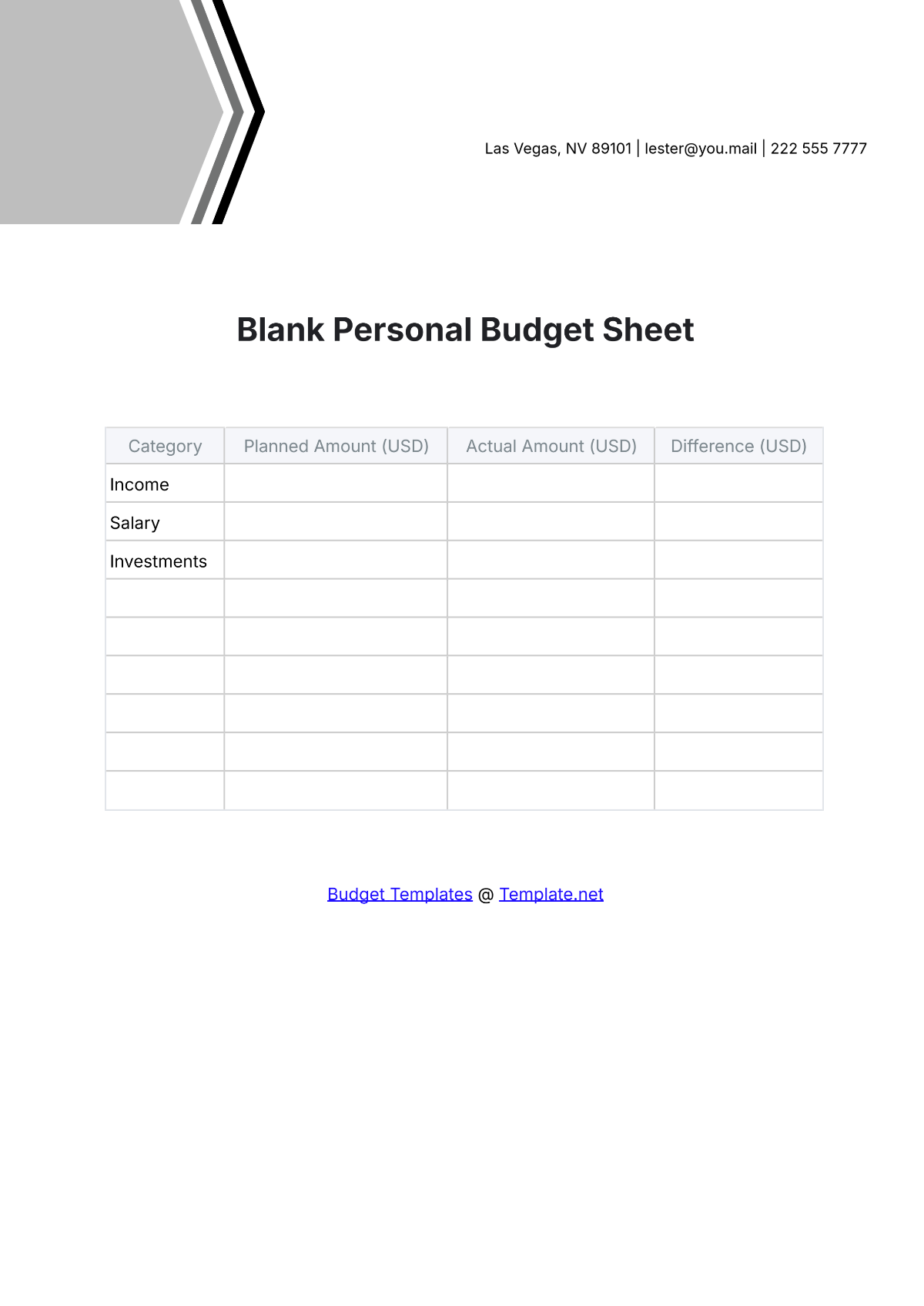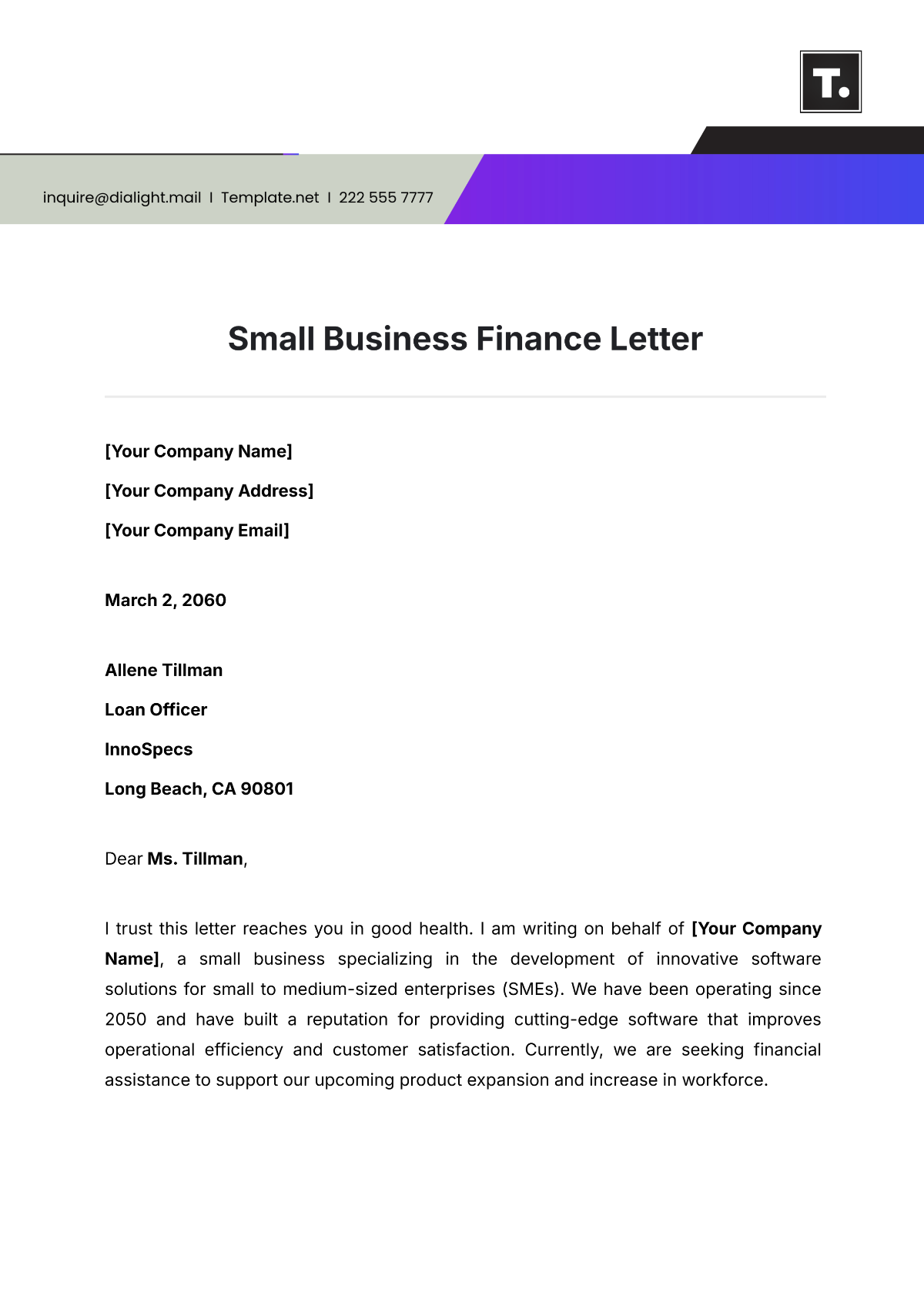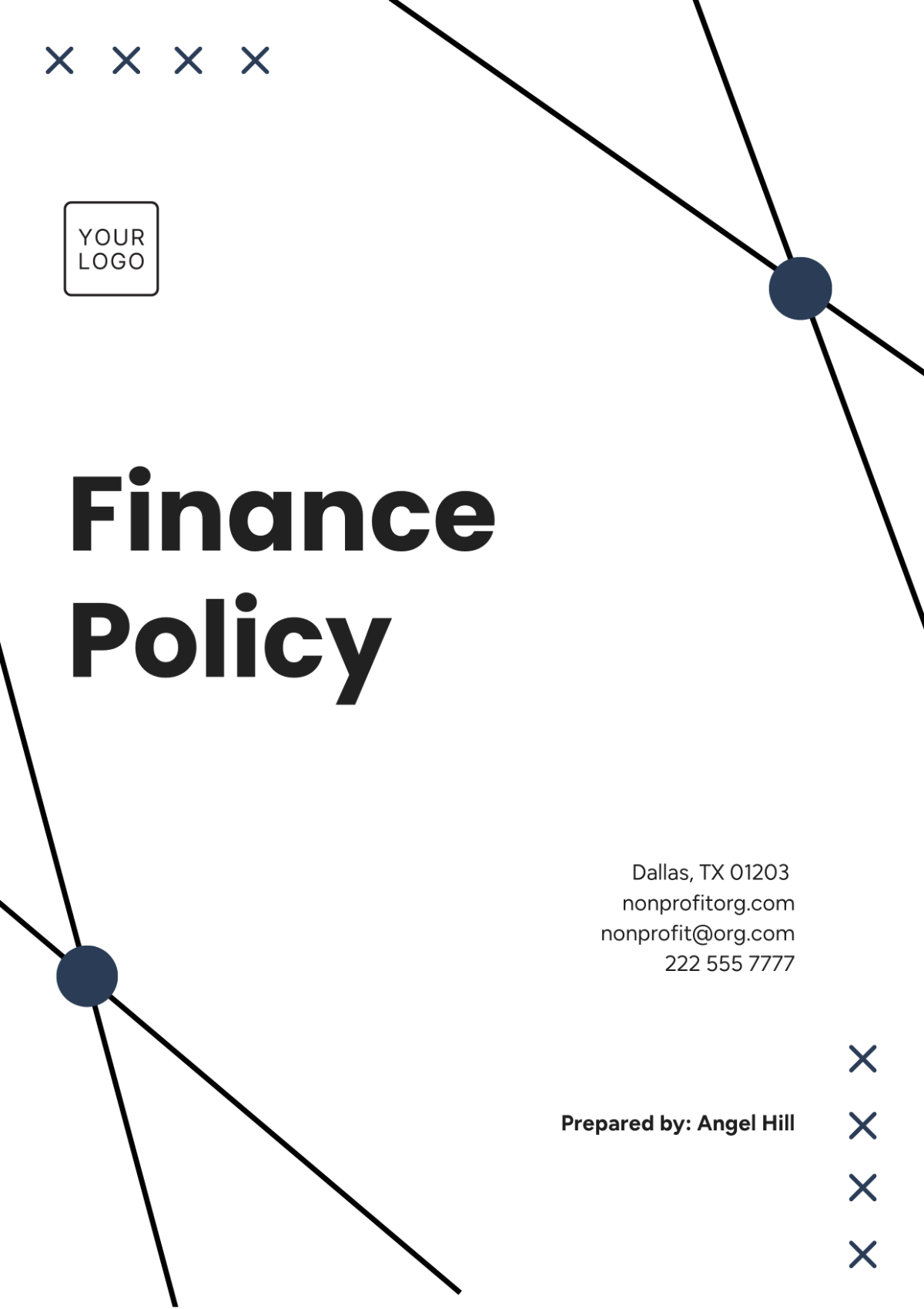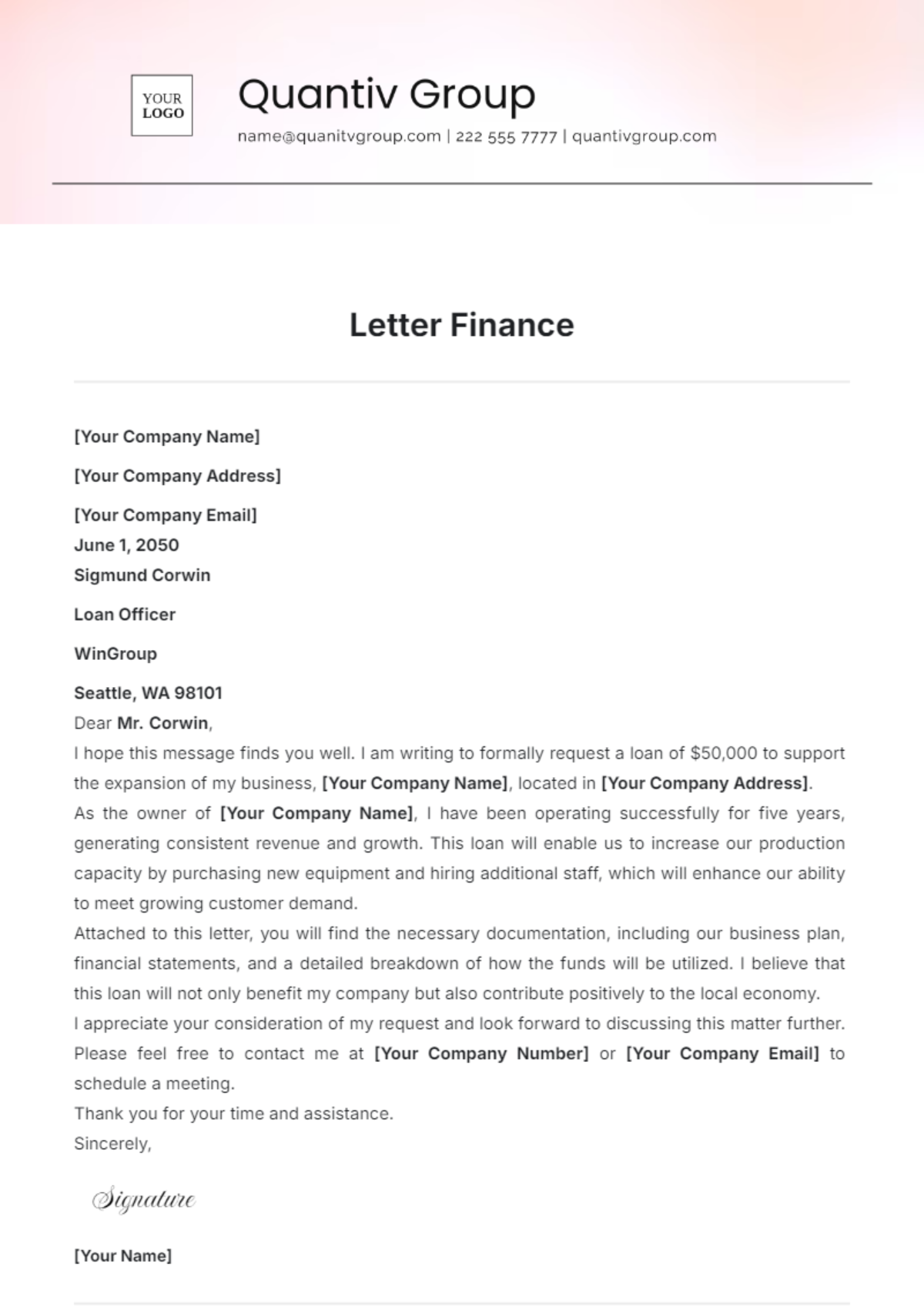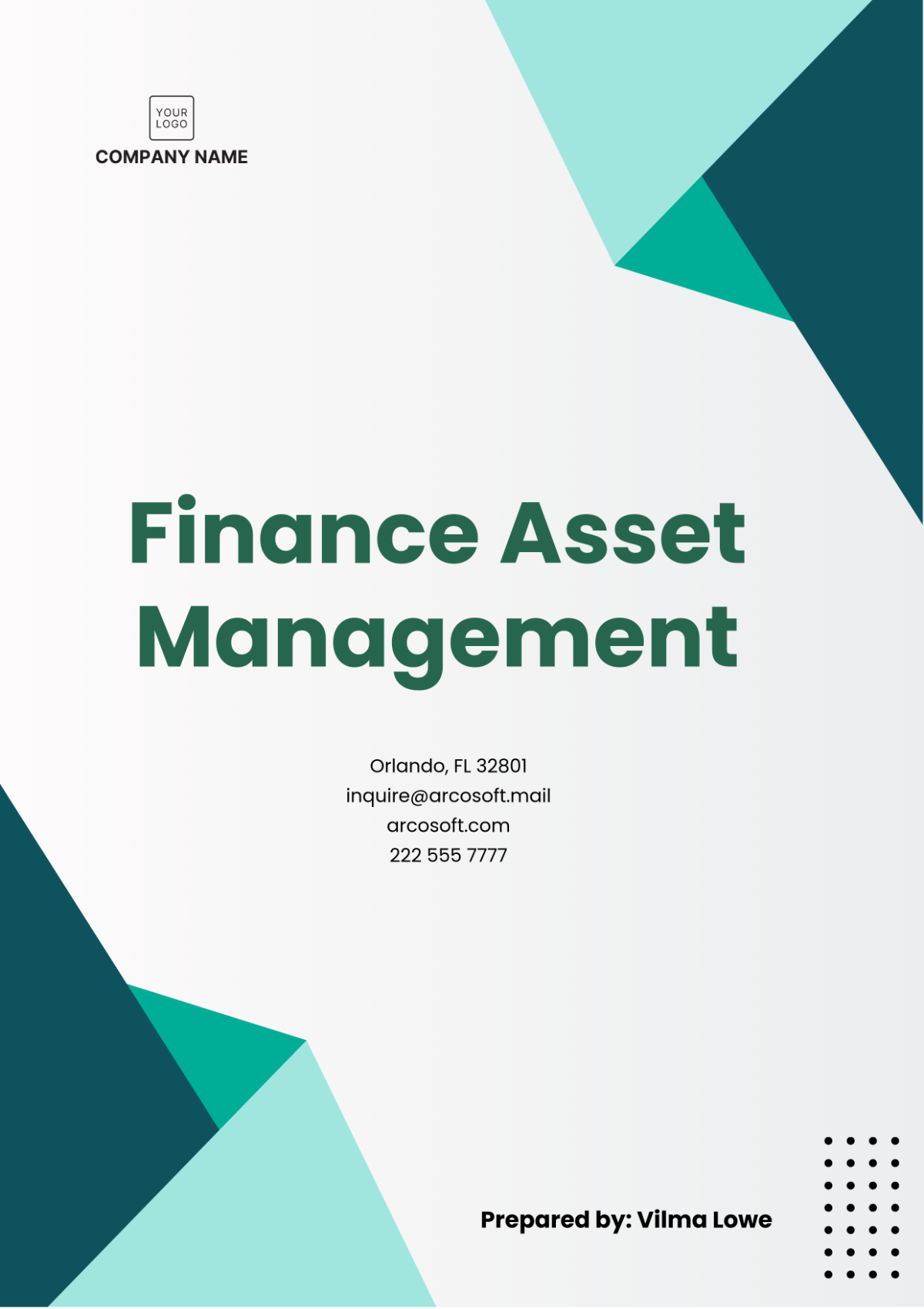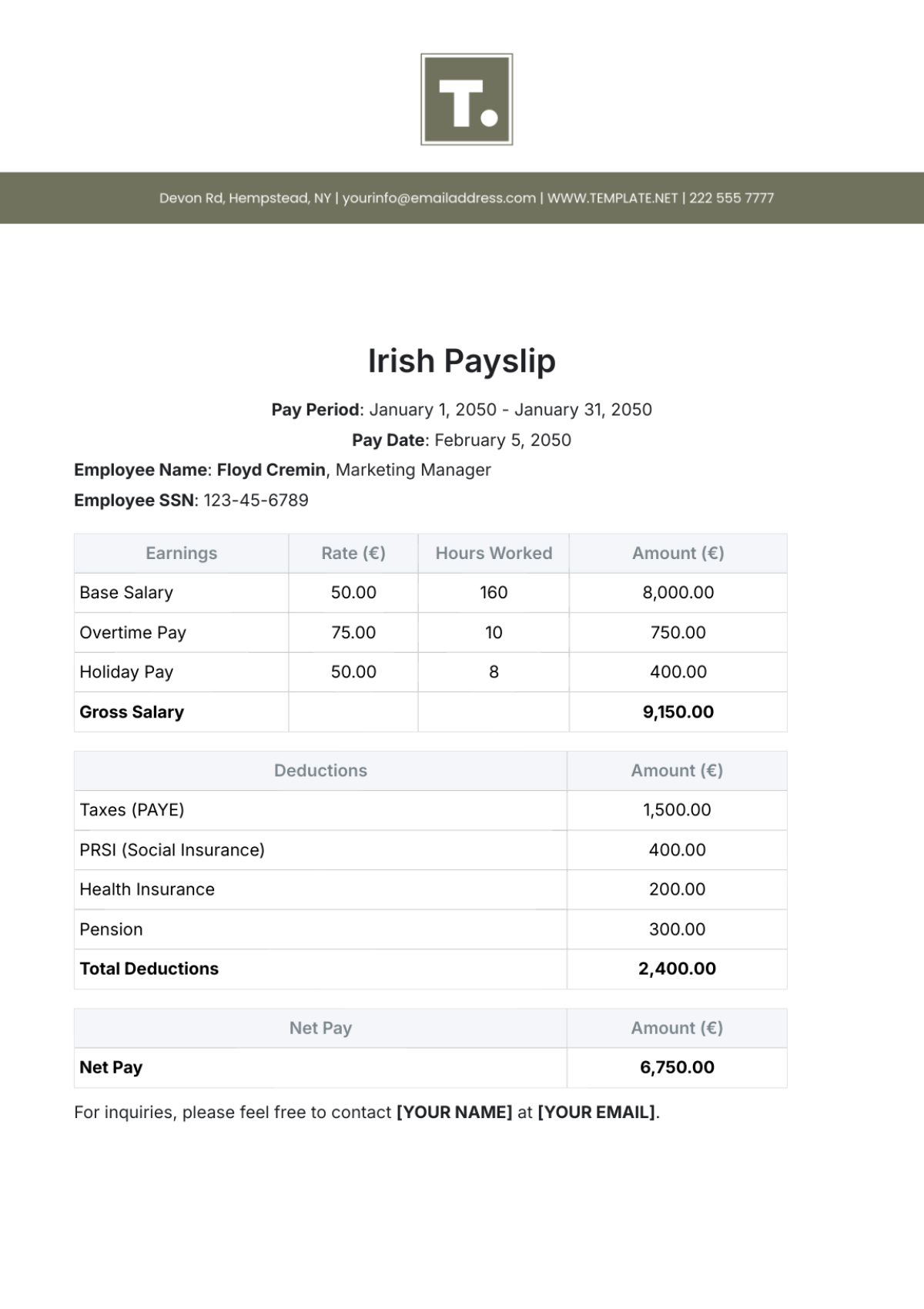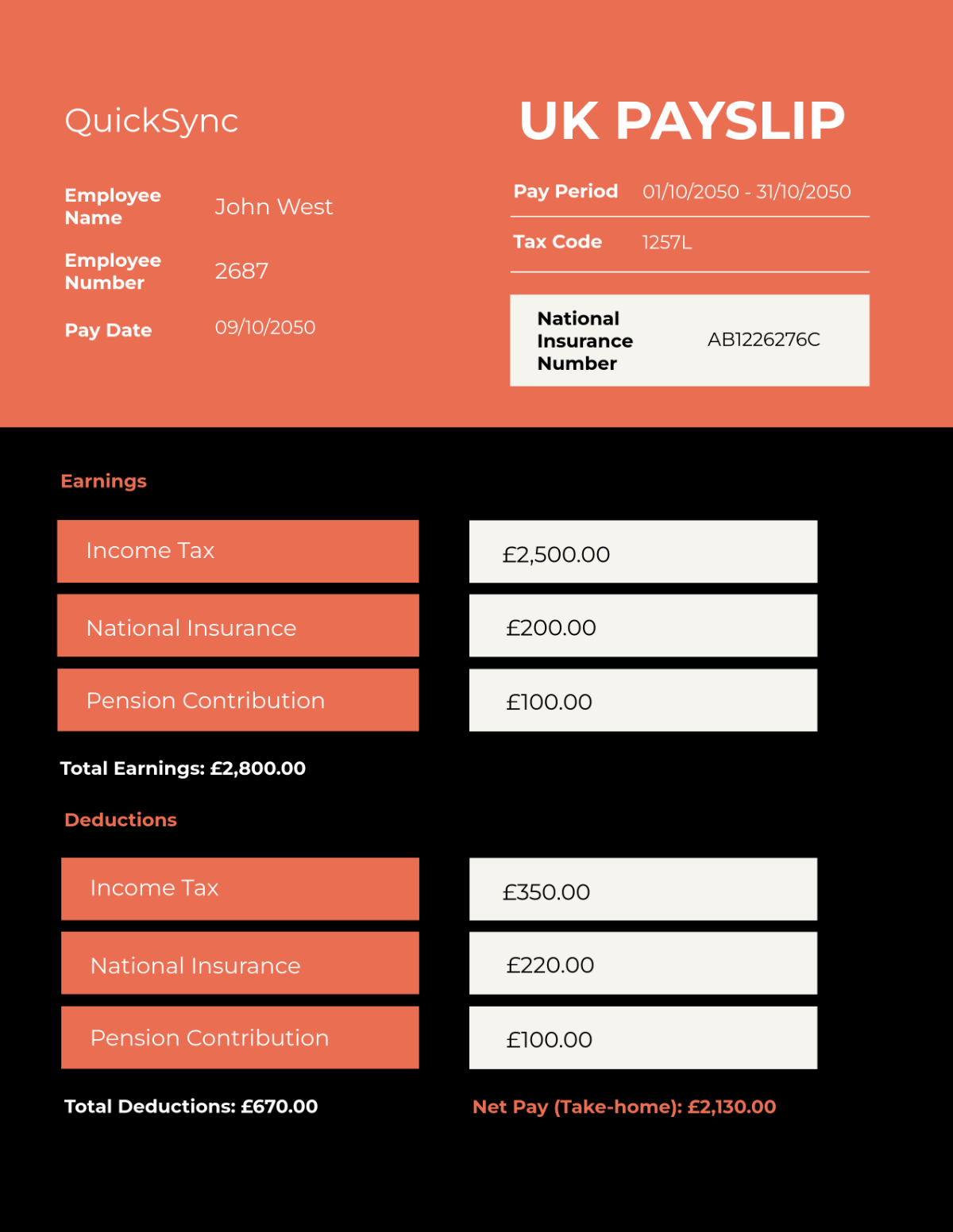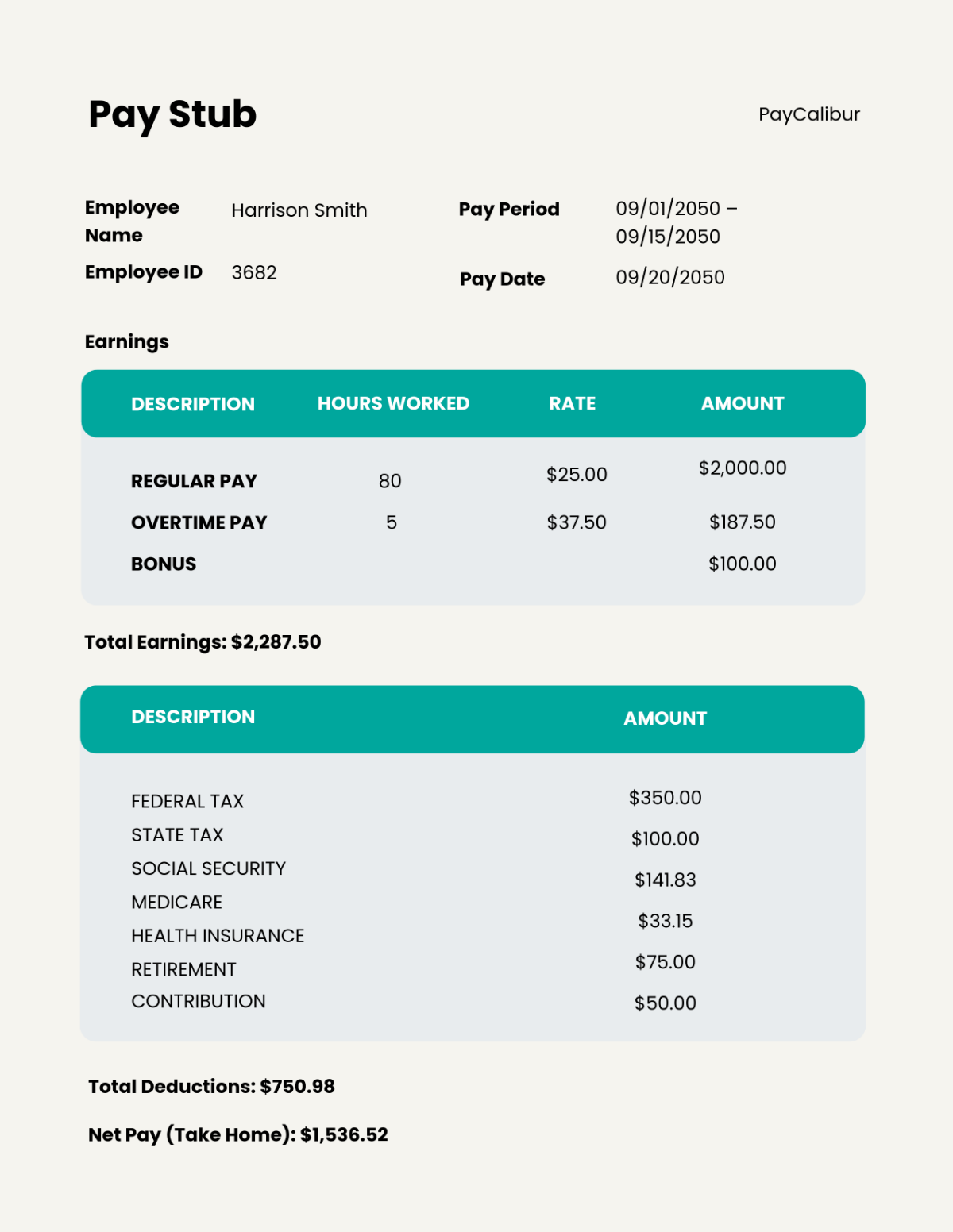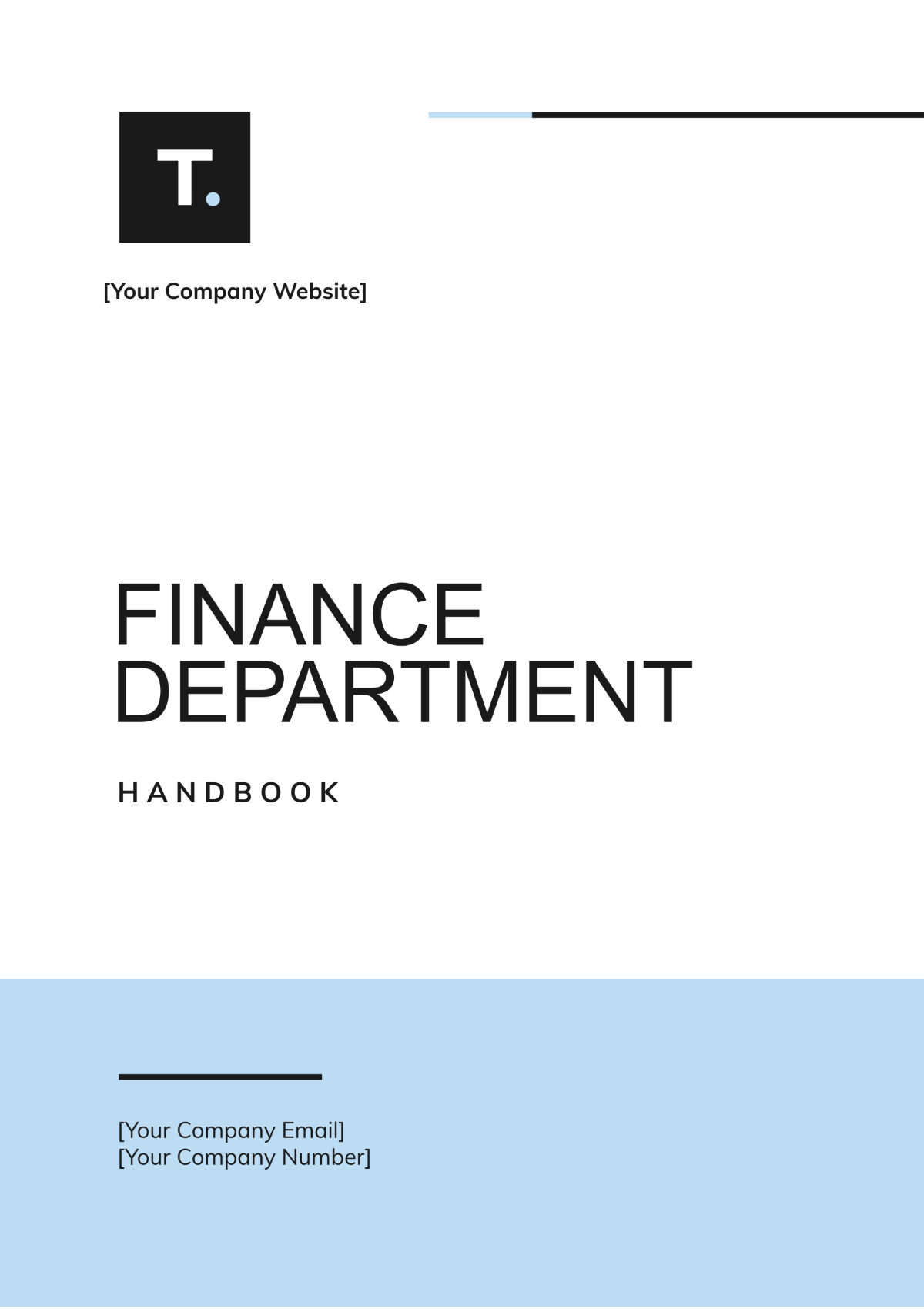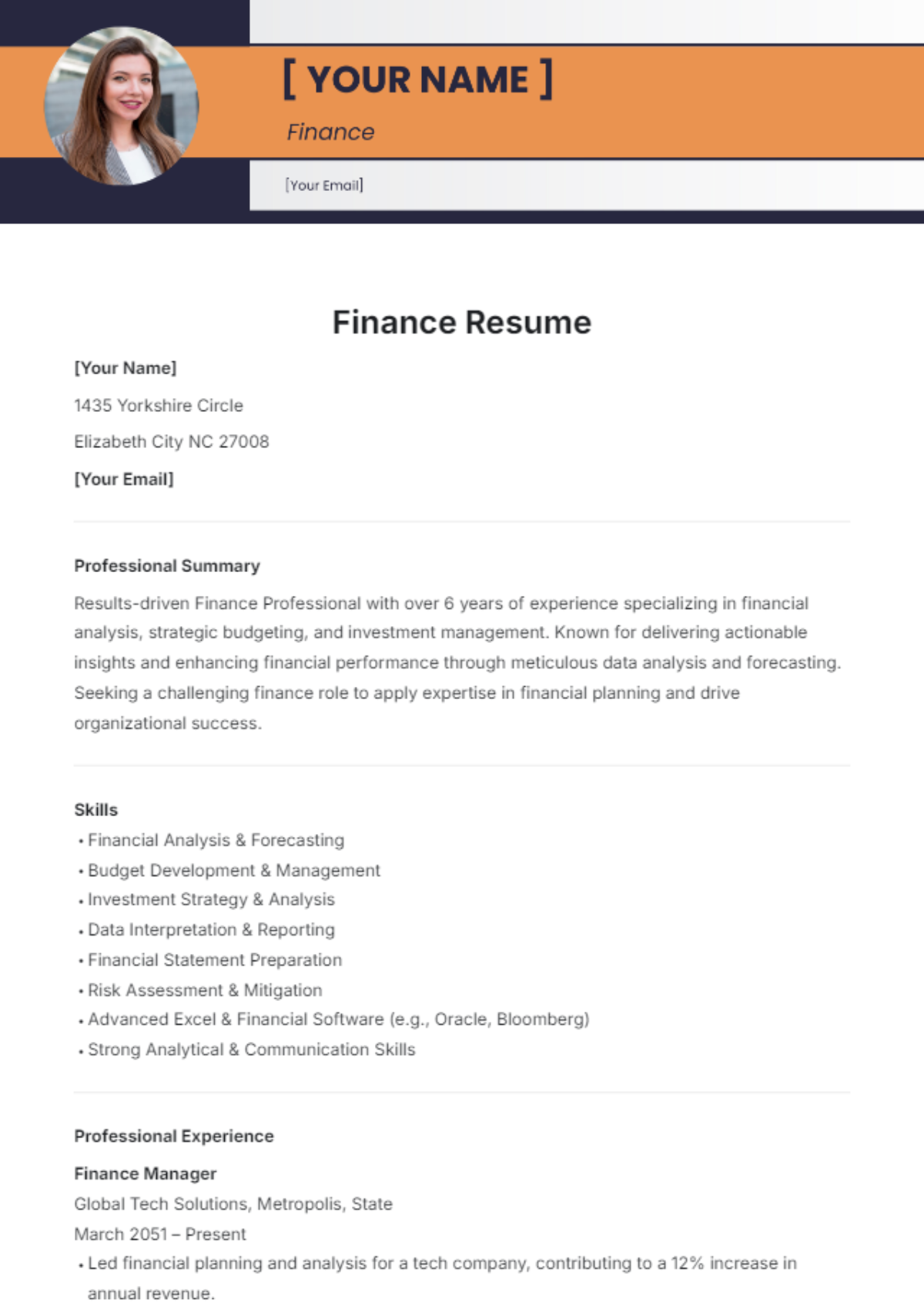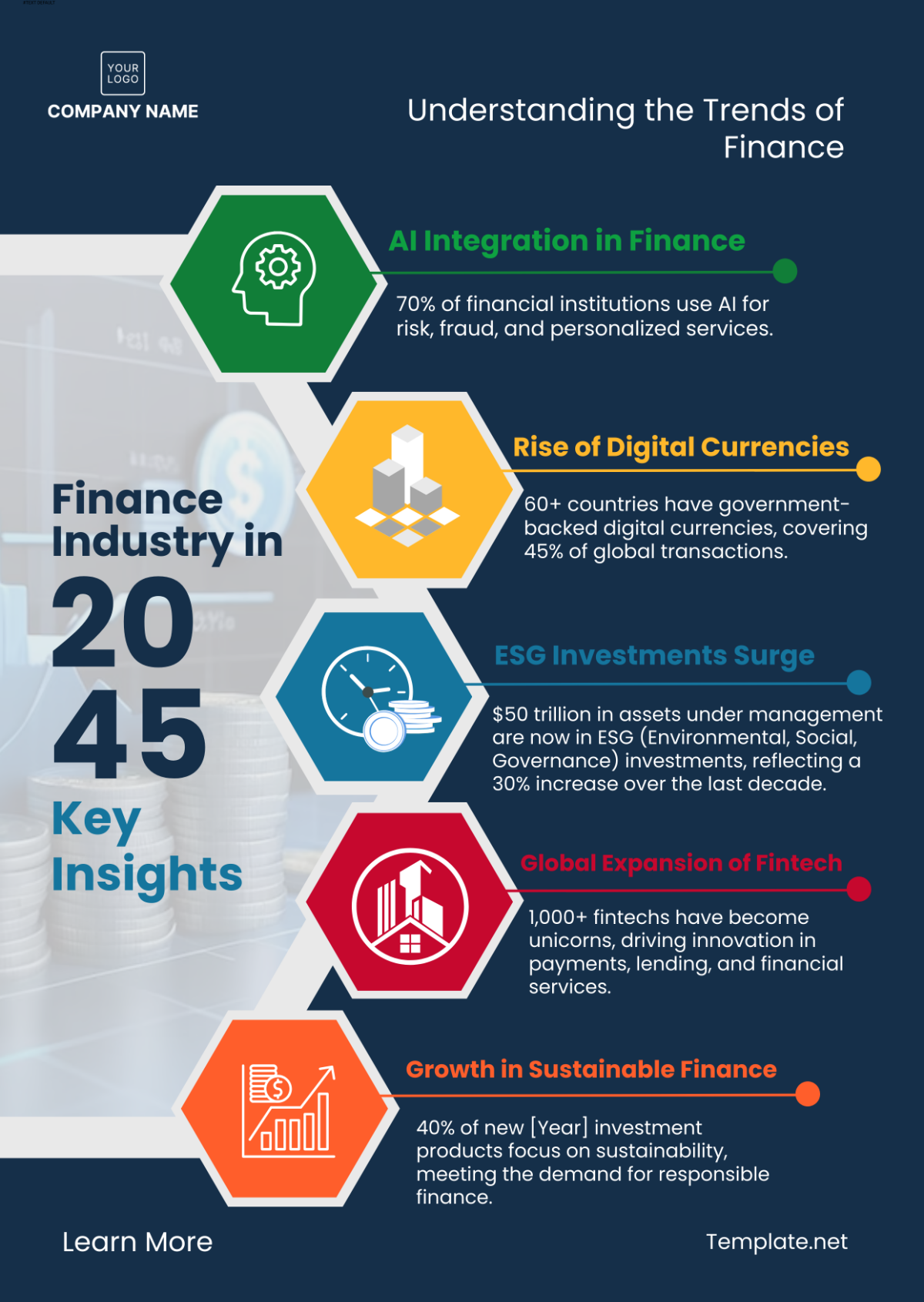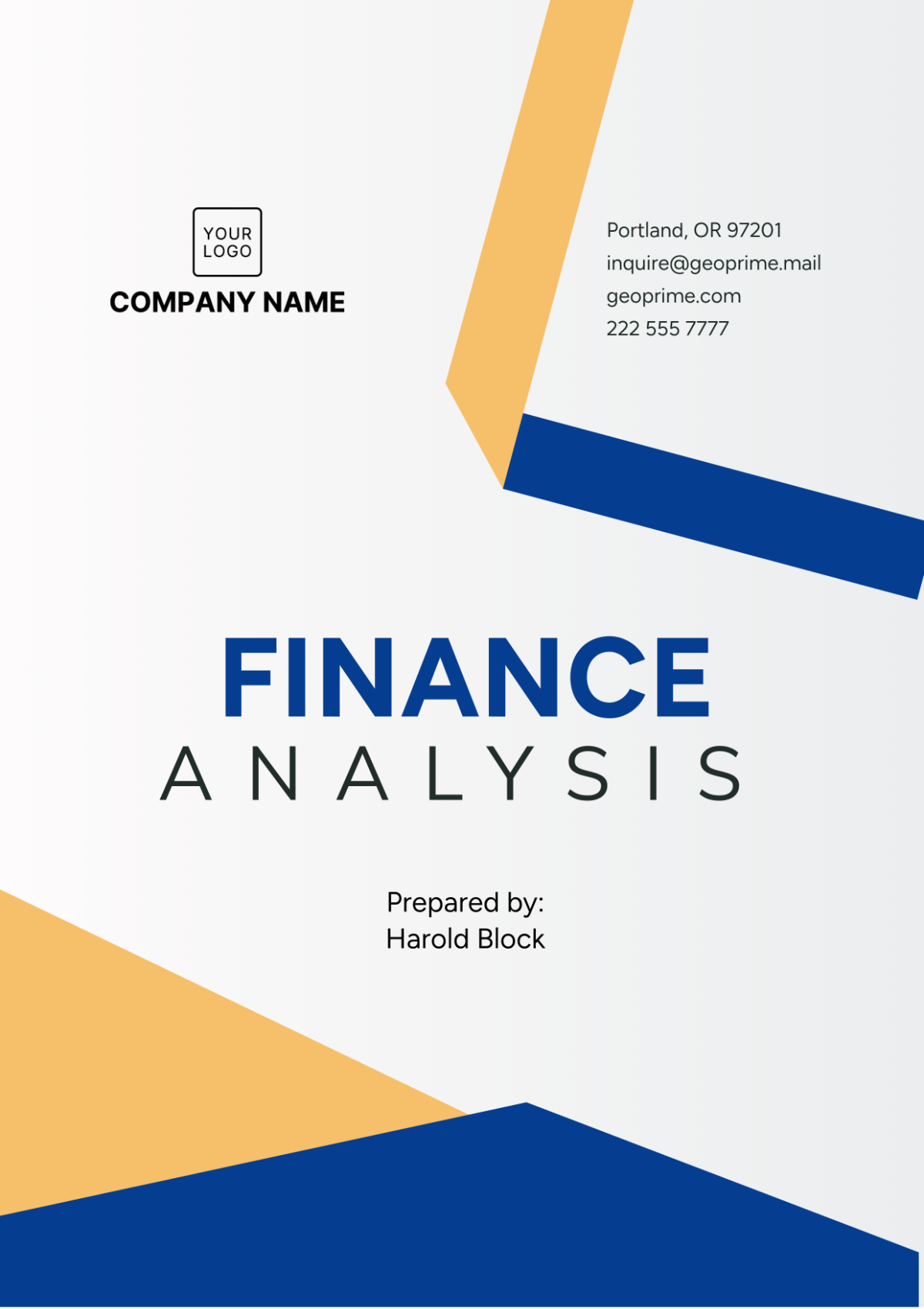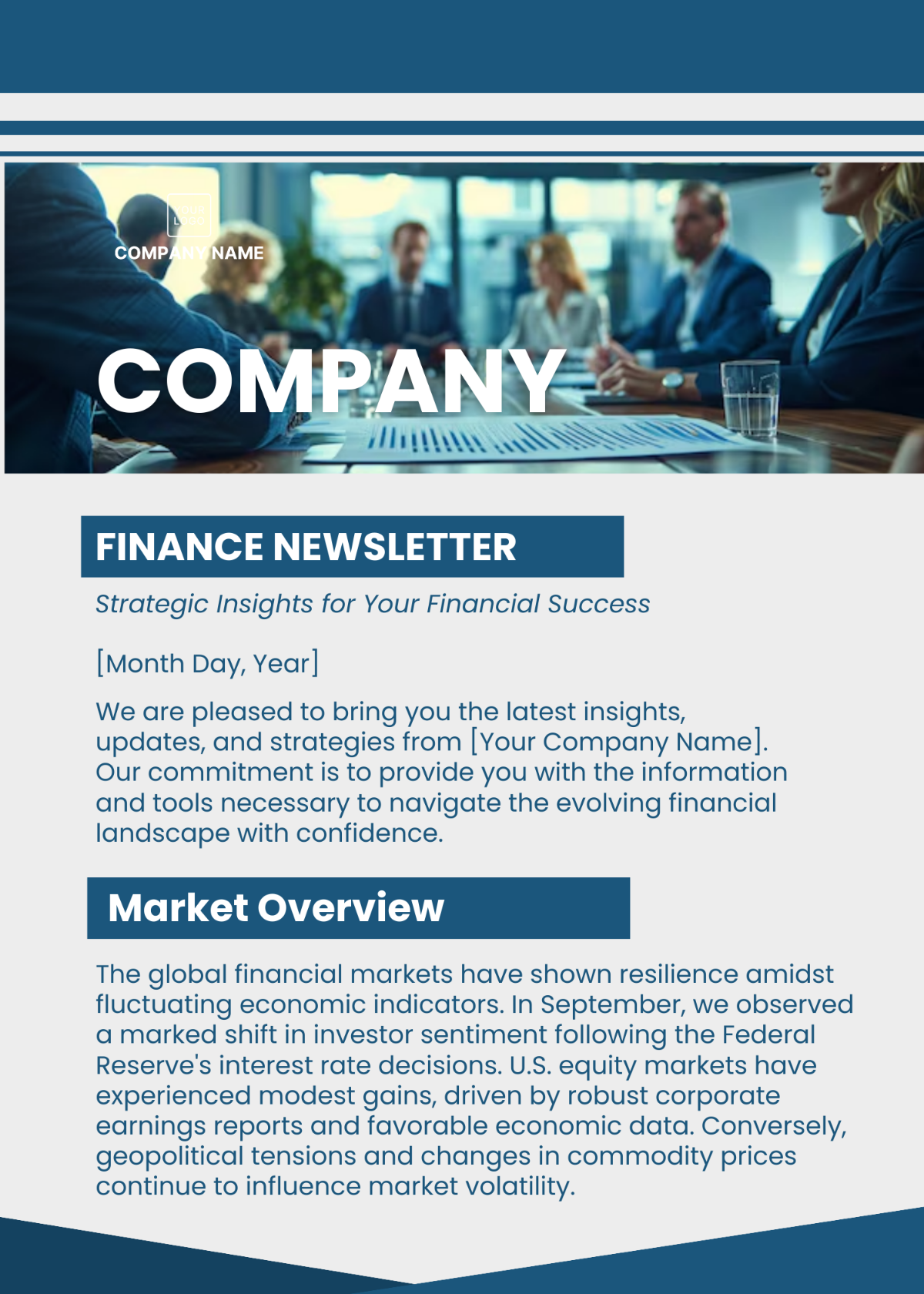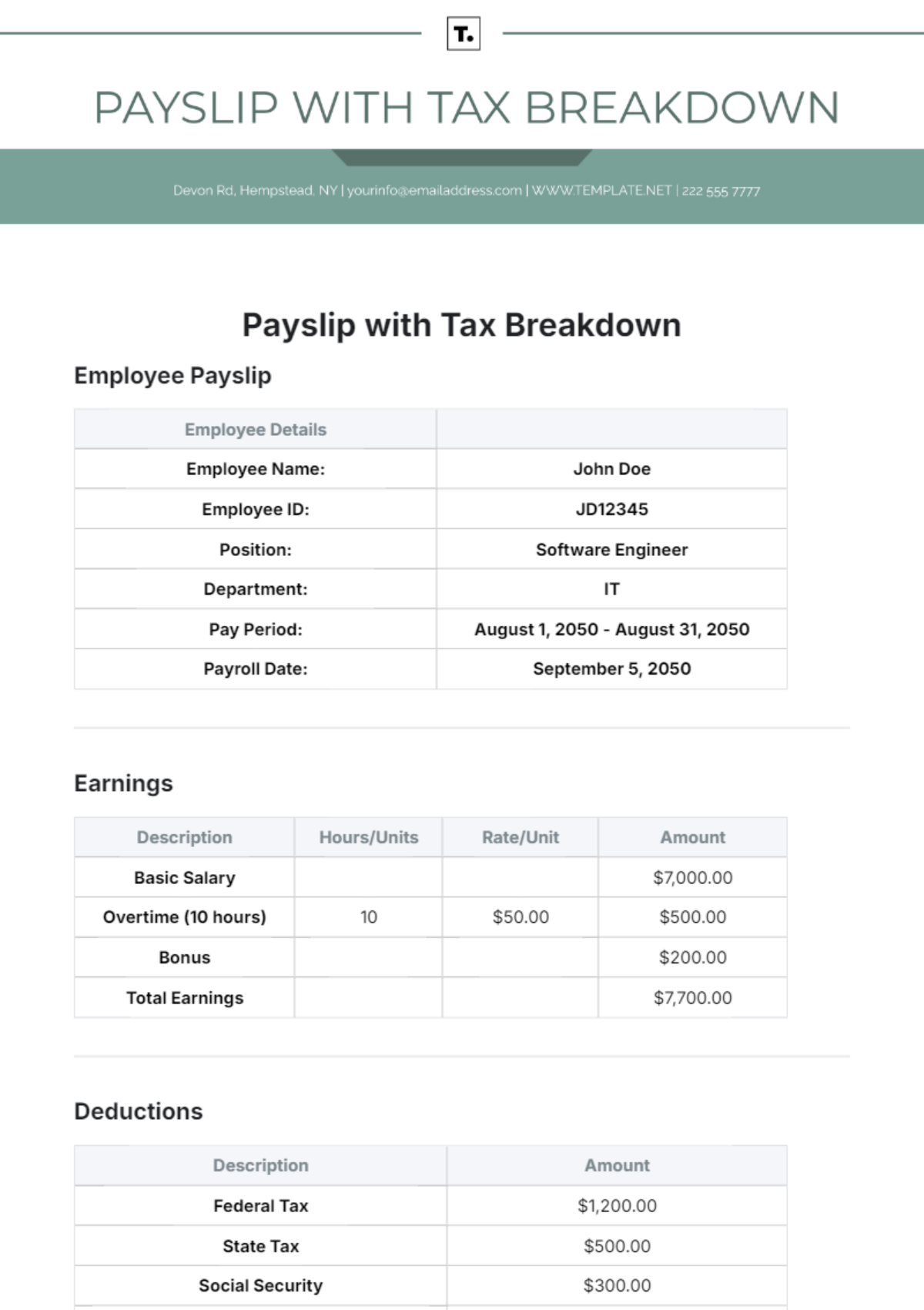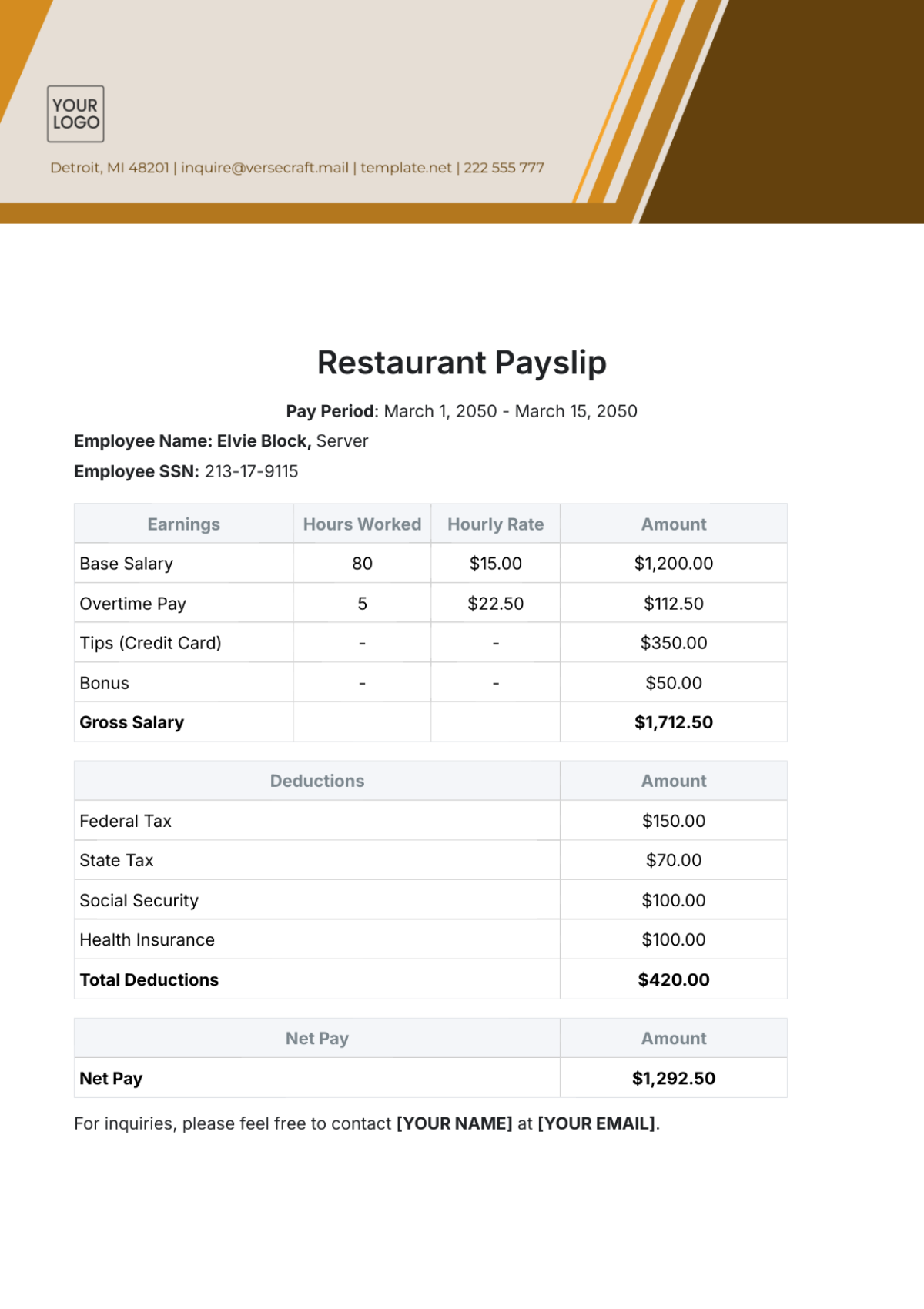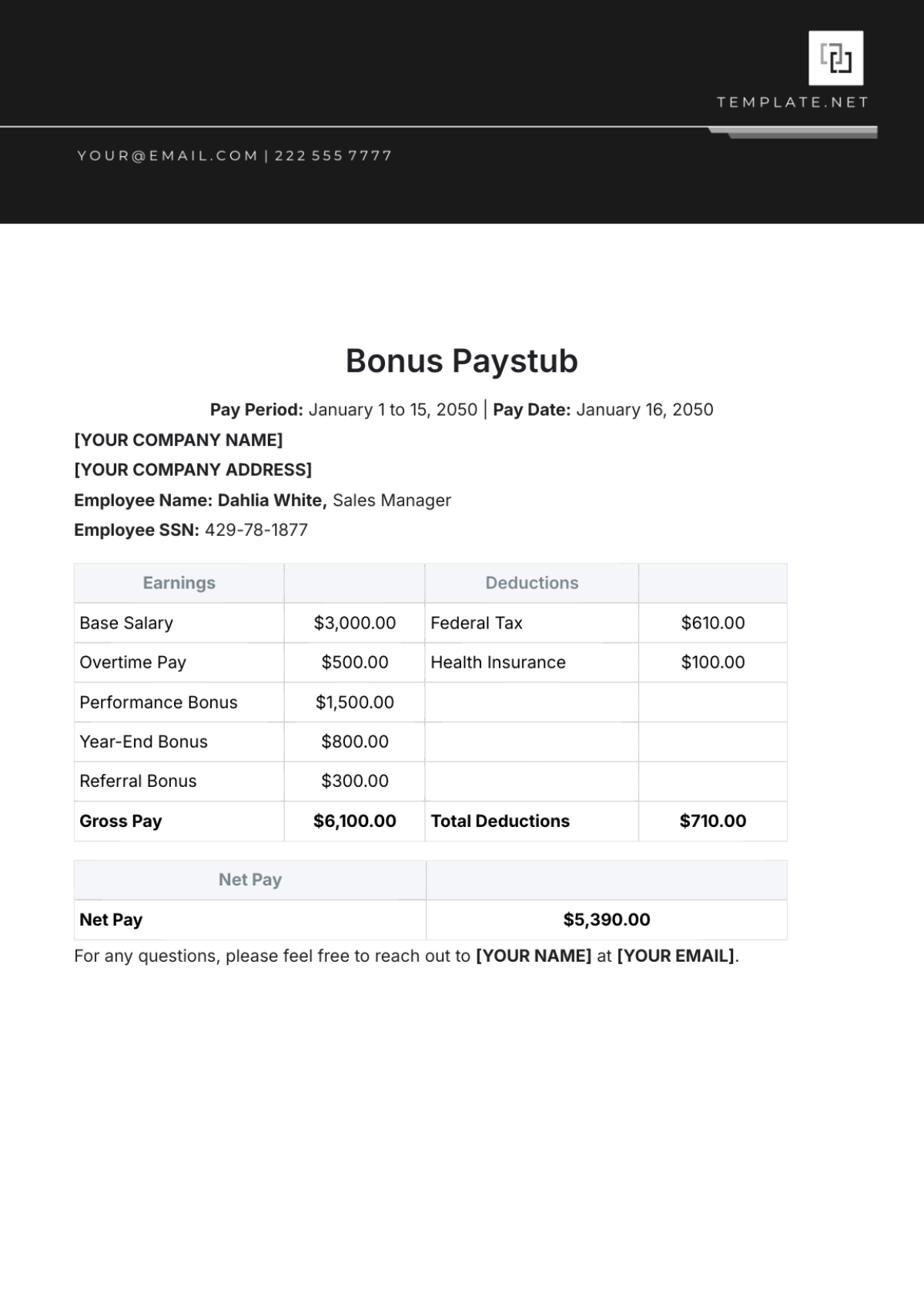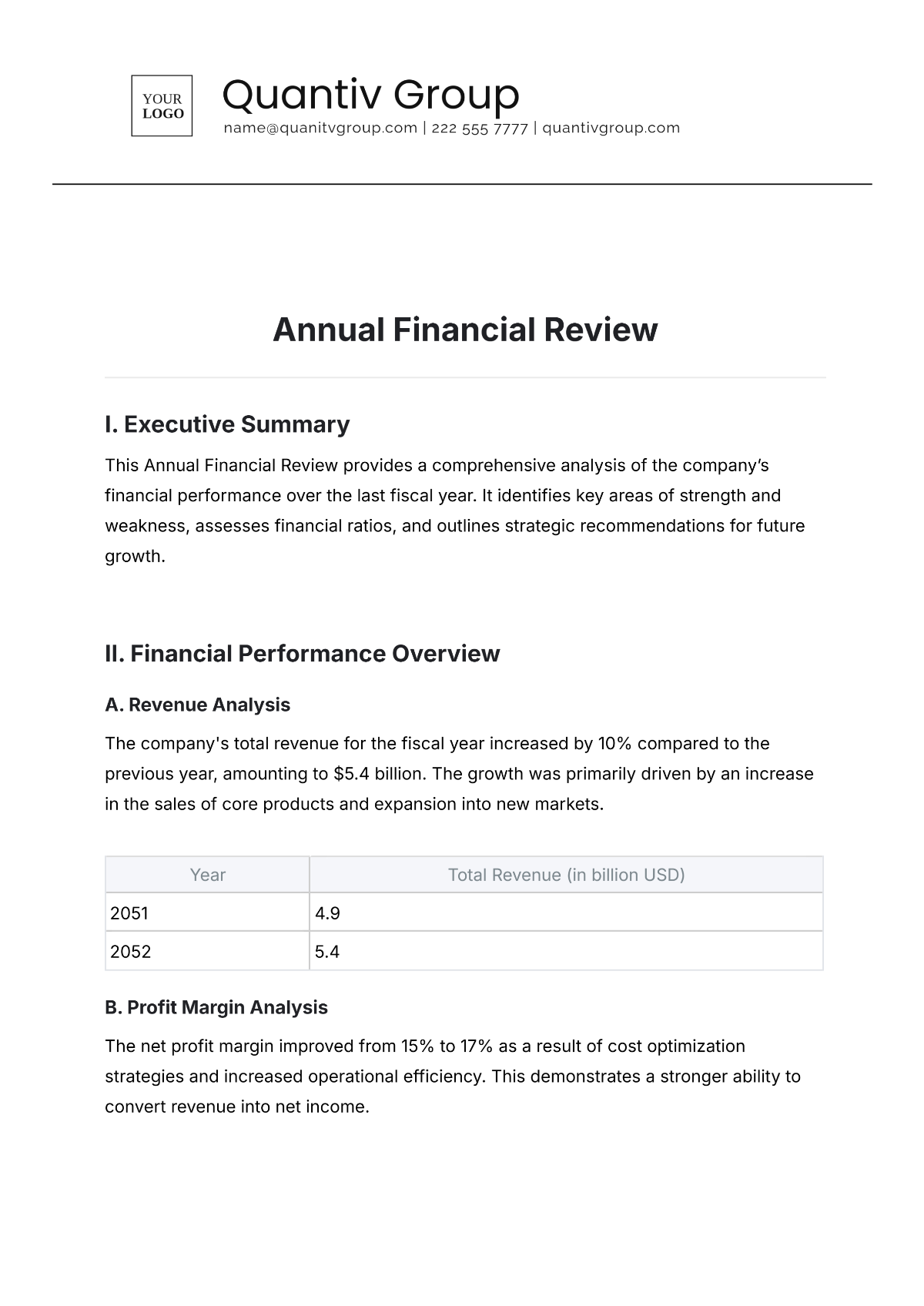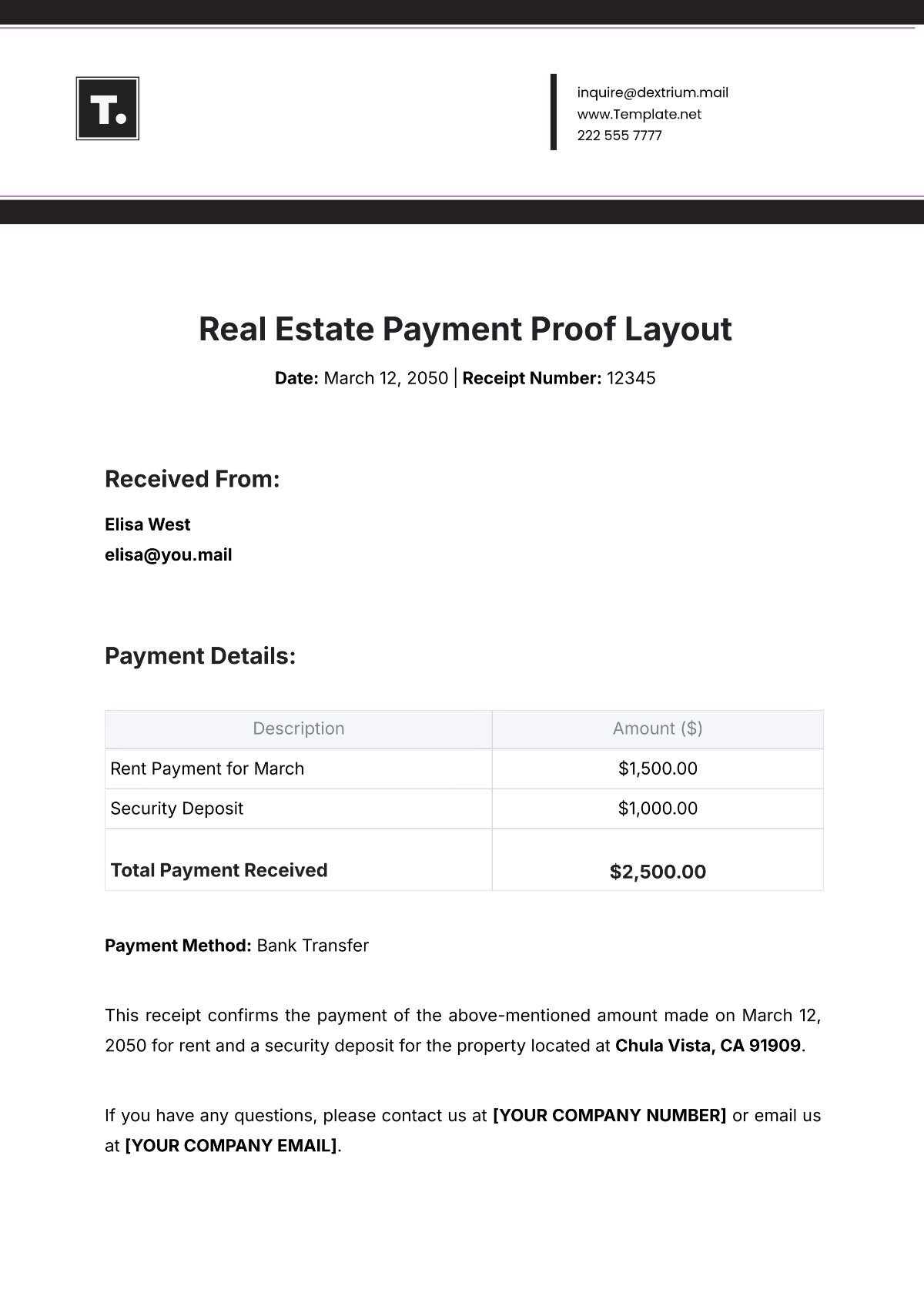Financial System Feasibility Study
I. Executive Summary
This study aims to evaluate the feasibility of implementing a new financial system at [Your Company Name]. As our company grows, the limitations of the current financial system are becoming more apparent, leading to inefficiencies, reporting delays, and increased risks.
This study assesses various market options, their technical compatibility, financial implications, and operational impact to recommend the most suitable solution. The conclusion, drawn from rigorous analysis and stakeholder consultation, provides a clear recommendation for system adoption to enhance our financial operations and support our continued growth.
II. Introduction
[Your Company Name] has reached a critical juncture where the existing financial system no longer meets our evolving business needs. With increased transaction volumes, diversified business operations, and more complex regulatory requirements, the need for a robust, scalable, and efficient financial system has never been more pronounced. This document outlines the approach taken to evaluate potential systems, considering our unique business environment, needs, and strategic objectives.
III. Current Financial System Analysis
A. System Overview
[Your Company Name] has utilized the Financial Management System (FMS) for the past 10 years, which was designed to manage accounting, procurement, projects, and assets. Initially, FMS provided the necessary support for financial transactions, reporting, and compliance. However, as the business environment and technology have advanced, the system's limitations have become increasingly apparent.
B. Performance and Limitations
Automation Deficiency: FMS lacks the capability to automate several key processes, resulting in manual intervention for data entry, error corrections, and report generation.
Integration Issues: The system does not seamlessly integrate with newer business applications, particularly in areas like customer relationship management (CRM), supply chain management (SCM), and enterprise resource planning (ERP).
System Stability: Users frequently encounter glitches and system downtimes, disrupting daily operations and leading to productivity loss.
C. Impact Assessment
Operational Inefficiency: The finance team spends an average of 20 extra hours per week on manual reconciliations and data entry due to system limitations.
Reporting Delays: Financial reporting is often delayed, affecting decision-making and strategic planning.
Competitive Disadvantage: The inability to integrate with modern tools has led to slower response times to market changes and missed opportunities.
D. User Feedback
Staff feedback highlights frustration with system speed, user interface, and frequent need for workarounds. The lack of real-time data access and mobile capabilities has also been noted as a significant drawback.
IV. Needs Assessment
A. Stakeholder Consultation:
Interviews and surveys were conducted with over 50 users from the finance team, department heads, and executive management to gather detailed requirements for the new system. Workshops were held to understand the daily challenges and desired improvements.
B. Key Requirements Identified
Real-Time Data Processing: Ability to process and report financial data in real-time, enhancing decision-making and reporting capabilities.
Advanced Reporting: Robust reporting features including customizable dashboards, predictive analytics, and regulatory compliance reports.
Seamless Integration: Compatibility with existing and future business applications across various functions such as sales, procurement, HR, and operations.
User Experience: Intuitive interface with a minimal learning curve, mobile access, and customizable views.
Scalability: Easily scalable to accommodate growth, additional users, and evolving business needs without significant new investment.
C. Future-Proofing
Looking ahead, stakeholders emphasized the importance of data security, cloud capabilities, and ongoing vendor support in adapting to future technological and regulatory changes.
V. Market Analysis
A. Evaluation Criteria
A set of criteria was developed to evaluate potential systems, including functionality, cost, ease of use, vendor stability, customer support, and user reviews. Additional industry-specific capabilities were also considered vital, such as multi-currency support and complex financial reporting.
B. Systems Evaluated
Five leading financial systems were shortlisted for detailed evaluation: System A, System B, System C, System D, and System E. Each system was assessed through product demos, vendor presentations, and user case studies.
VI. Technical Feasibility
An IT audit was conducted to assess the compatibility of each system with our current infrastructure. Systems B and C were found to be most compatible, requiring minimal changes to existing hardware and network configurations.
D. Customization and Integration
System B | Offers extensive customization options and a flexible API for integration. However, it requires a longer implementation time and higher upfront development costs. |
System C | Provides out-of-the-box integration with many of our existing business applications and a user-friendly customization interface. |
Technical support options were reviewed for each system, considering availability, responsiveness, and expertise. Vendor support plans, including regular updates, security patches, and user training, were also compared.
VII. Operational Feasibility
A. Process Mapping
Current financial processes were mapped, and the impact of each system on these processes was analyzed. While System B provides more features, it would necessitate a significant overhaul of current workflows and additional training. System C, offering a balance of functionality and user-friendliness, aligns better with existing processes and requires less extensive training.
B. Change Management
The organizational change required for each system was assessed. System C's closer alignment with current operations translates to lower resistance and faster adoption among staff.
VIII. Financial Analysis
A. Cost-Benefit Analysis
A five-year total cost of ownership (TCO) analysis was conducted for each system, including software licensing, hardware upgrades, implementation services, training, and maintenance. The potential financial benefits, such as efficiency gains, error reduction, and compliance improvements, were also quantified.
Based on the TCO and benefit estimations, the ROI for each system was calculated. System C showed a favorable ROI due to its moderate cost and substantial efficiency gains.
B. Risk Analysis
Risks associated with each system were identified, including technical incompatibility, implementation delays, cost overruns, user resistance, and vendor stability.
Strategies for mitigating each risk were outlined, such as phased implementation, robust training programs, contingency budgeting, and establishing a solid partnership with the selected vendor.
IX. Legal and Compliance Review
A. Regulatory Compliance
Financial Reporting Standards: The system must be capable of supporting reporting standards relevant to our operations, such as Generally Accepted Accounting Principles (GAAP) or International Financial Reporting Standards (IFRS). We evaluate the system's features for accuracy, completeness, and timeliness in financial reporting, including its ability to adapt to changes in reporting standards.
Tax Compliance: Adequate support for various tax jurisdictions and regulations is critical. The system should automate tax calculations, reporting, and filings in compliance with local, state, federal, and international tax laws.
B. Data Security and Privacy
Data Protection Laws: In the era of increasing concern for data privacy, the system must comply with data protection regulations such as the General Data Protection Regulation (GDPR) or the California Consumer Privacy Act (CCPA). This includes features for data encryption, access control, audit trails, and the ability to handle data subject requests.
Data Residency Requirements: Certain jurisdictions require that data be stored locally. The system's data hosting and processing capabilities should be flexible enough to comply with these geographical requirements.
Breach Notification: The system should have mechanisms for detecting, reporting, and responding to data breaches in compliance with relevant laws, minimizing legal and reputational risk.
C. Contractual Obligations and Vendor Compliance
Vendor Assessment: We rigorously evaluate the system vendor's own compliance posture, including their certifications (e.g., ISO 27001, SOC 2) and track record with legal and regulatory adherence. The vendor's stability and commitment to compliance are as critical as the system's technical capabilities.
Service Level Agreements (SLAs): The contractual agreements with the vendor must reflect our compliance needs, including uptime guarantees, support responsiveness, and responsibilities in the event of a compliance failure.
D. Future-Proofing
Regulatory Updates: The financial landscape is continually evolving. We assess the system's agility in adapting to new regulations and its process for updating compliance features. This might involve regular updates to tax rates, reporting formats, or incorporating new regulatory requirements.
Scalability for Expansion: As [Your Company Name] grows, we may enter new markets with different compliance demands. The system should be scalable and adaptable enough to support new regulatory environments without extensive customization.
E. Audit and Reporting Capabilities
Audit Trails: The system must maintain comprehensive, immutable logs of all financial transactions and changes to data, supporting both internal audits and regulatory inspections.
Compliance Reporting: Generating compliance reports should be straightforward and customizable, enabling us to demonstrate adherence to various regulatory bodies efficiently.
X. Project Plan Outline
A phased implementation timeline was proposed, highlighting key milestones, such as system selection, contract negotiation, customization, data migration, user training, and go-live.
The human, technical, and financial resources required for the project were identified. A dedicated project team, including internal staff and external consultants, was recommended for successful implementation.
XI. Conclusion and Recommendations
The legal and compliance review ensures that the financial system we choose not only meets our current legal and regulatory needs but is also robust and adaptable enough to meet future requirements. This diligence protects [Your Company Name] from legal risks and ensures that we maintain our reputation for integrity and compliance. Through detailed evaluations, consultations with legal experts, and careful consideration of vendor capabilities, we aim to select a system that stands up to the highest standards of legal and regulatory compliance.
